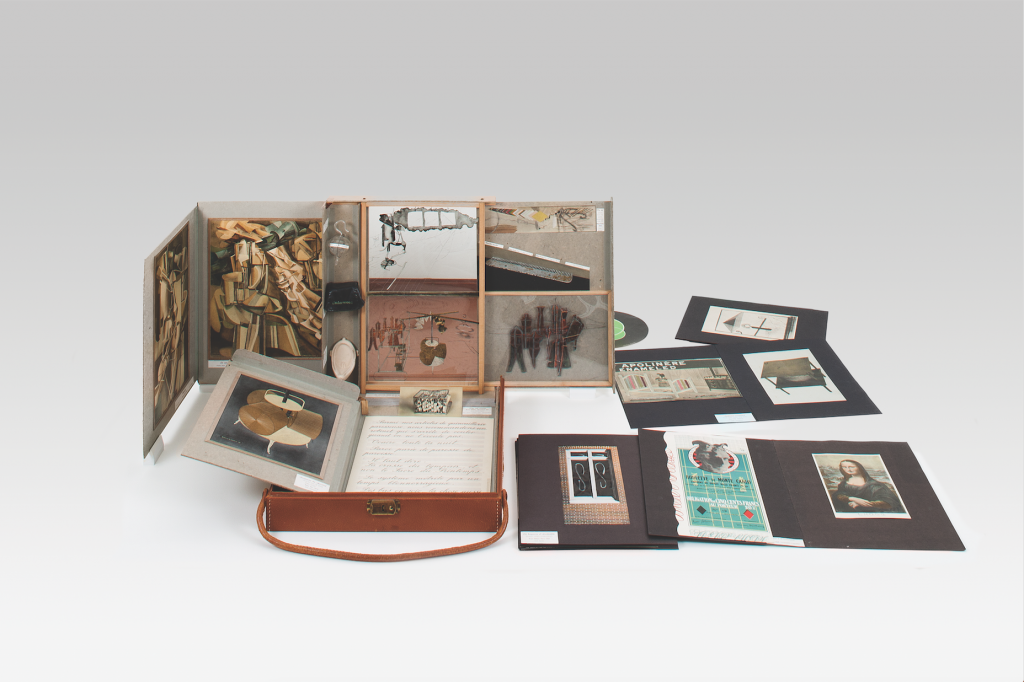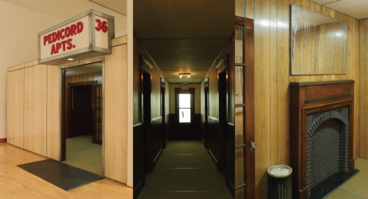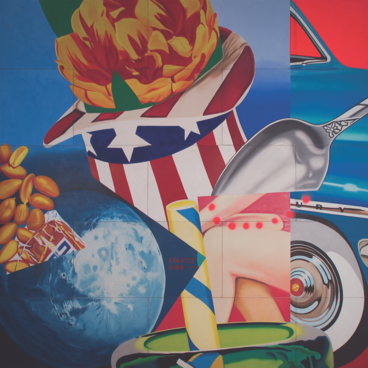One may or may not be familiar with the name Marcel Duchamp, but everyone has surely heard of the infamous case when an artist turned a urinal upside down and called it art. In 1917, R. C. Mutt of Philadelphia paid a small fee to become a member of the Society of Independent Artists, all of whom could be “certain that whatever [he] sent will be hung” at the annual exhibition, which subscribed to the democratic principle “No jury, no prizes.” Mutt’s entry—Fountain, a urinal turned on its back and signed by him—forced the Society to swallow its well-intentioned words and bar the cleverly titled “readymade” sculpture from view. Duchamp, who was one of the founders of the Society and sat on its board of directors, resigned in protest.
In fact, Duchamp had submitted the urinal under the guise of R. C. Mutt, and the ensuing drama demonstrated a fundamental condition of art: context matters. The main arguments for and against Fountain perfectly articulate the controversy inherent to the idea of the readymade, the name given to such mass-produced objects presented as works of art. On the one hand, “A lovely form has been revealed.” On the other, “‘The Fountain’ may be a very useful object in its place, but its place is not an art exhibition.” Fountain was the first public demonstration of the readymade’s rhetorical function. The first readymade proper was created in 1913, when Duchamp “had the happy idea” to mount a bicycle fork and wheel on a kitchen stool.
Duchamp’s impact on our ideas about art cannot be overstated. And yet when asked in an interview to define his occupation, he replied: “How do I know? —A human being, quite simply—a breather [respirateur] . . . Anyway, you know, my whole life’s work fits into one suitcase, literally and figuratively: that’s where the precise miniature replicas of my most important works are collected.” WAM has a rare early example of the suitcase in question, La Boîte-en-Valise (The Box in a Valise), which came in an edition of 300. Similar in function to a resumé of his experiments in art, the suitcase contains 68 finely wrought, hand-finished reproductions of nearly his entire oeuvre that set up in the manner of a museum installation. Despite Duchamp’s hand-waving dismissal of the work, it is second only to Large Glass, his masterpiece that remained “definitively unfinished” after ten years (also reproduced for the Box), in the amount of time and labor expended in its making. This unique form of expression makes it impossible to talk about Box without referring to the works reproduced, thereby confounding the difference between original and copy that had seemed self-evident.
Despite the level of respect commanded by the French expat in the New York art scene since the early 1910s, Duchamp remained graciously modest to the end, for it was his belief that the artist is blind to the real significance of his work (as he is too close to it). Furthermore, he shared authorship of his work with the spectator, whose interpretation “completed” it. These views seem rather unremarkable today precisely because Duchamp brought them to light almost a century ago. Of his legacy, Jasper Johns put it especially eloquently when he wrote, “The art community feels Duchamp’s presence and his absence. He has changed the condition of being here.”
Taken from the Summer 2013 Newsletter.



